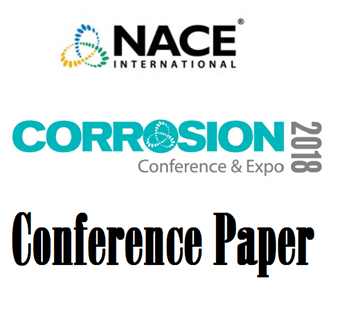Search
51314-4068-Flow Patterns and Water Wetting in Oil-Water Two Phase Flow – A Flow Loop Study
Also Purchased
51315-6113-Flow Patterns and Water Wetting in Gas-Oil-Water Three-Phase Flow—A Flow Loop Study
Product Number:
51315-6113-SG
ISBN:
6113 2015 CP
Publication Date:
2015
$20.00
51318-11213-Study of Phase Wetting in Oil-Water-Gas Horizontal Pipe Flow. Recommendations for Corrosion Risk Assessment
Product Number:
51318-11213-SG
Publication Date:
2018
$20.00
51313-02393-An Improved Model for Water Wetting Prediction in Oil-Water Two-Phase Flow
Product Number:
51313-02393-SG
ISBN:
02393 2013 CP
Publication Date:
2013
$20.00




